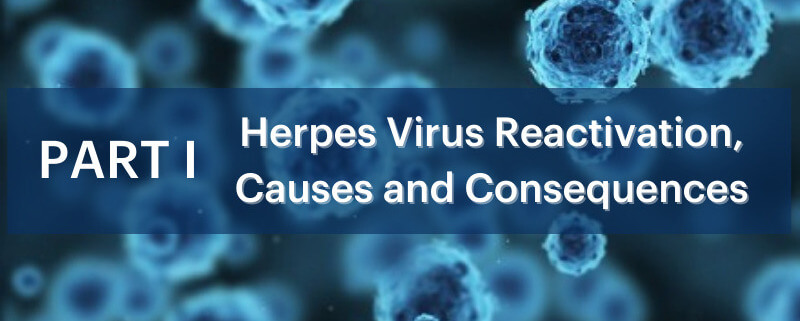INTRODUCTION: One of the consequences of the SAR-CoV-2 infections over the last year has been a large increase in reactivation of herpes viruses. There are numerous reports of COVID-19 patients with suspected reactivation of several different herpes viruses, including human herpes virus 1 and 2 (HSV 1/2), varicella zoster virus (VZV), human herpes virus-6 and 7 (HHV 6/7), as well as Cytomegalovirus (CMV). It is known that cell-mediated immunity plays an important role in herpes virus latency. COVID-19 infection decreases cell-mediated immunity by decreasing lymphocytes, such as CD3+, CD4+, and CD8+ T cells. These cells produce gamma interferon (IFN-γ) which is known to suppress reactivation of herpes viruses. So, if the IFN-γ levels are lowered, viral reactivation occurs. This report will discuss the reactivation of herpes viruses which leads to Bell’s palsy.
DISCUSSION: There are numerous reports (thousands) of COVID-19 patients who subsequently have been diagnosed with Bell’s palsy, such as the report by Neo et al1. Bell’s palsy is a common cause of lower motor neuron neuropathy and is known to occur upon the reactivation of either HSV1/2, or from VZV. Serological studies have shown that the prevalence of antibodies to HSV among patients with Bell’s palsy is higher than that among healthy control subjects, which suggests that HSV may be involved in the pathogenesis of Bell’s palsy (Adour et al2). In addition to HSV, VZV is known to play a role in Bell’s palsy. A portion of Bell’s palsy patients have what is called, Ramsay Hunt syndrome, but these patients have more severe paralysis at the onset and are less likely to recover completely (Sweeney & Gilden3). Patients with Ramsay Hunt syndrome are characterized by peripheral facial paralysis without ear or mouth rash, and the presence of either fourfold rise in antibody to VZV or the detection of VZV DNA in skin, blood mononuclear cells, or middle ear fluid. It is clear that the suppression of IFN-γ during a COVID-19 infection plays a role in reactivating herpes viruses. The ability of IFN-γ to control chronic herpes virus infection and reactivation from latency is known for many herpes viruses (Presti et al4).
CONCLUSION: Over the last 18 months, there have been thousands of cases of Bell’s palsy associated with either being infected with SAR-CoV-2. It would be prudent to test for Herpes viruses (HSV 1/2, VZV) if COVID-19 patients show Bell’s palsy symptoms.
REFERENCES:
- Neo, W. L., Jeremy Chung Fai Ng and N. Gopalakrishna Iyer. (2020). The great pretender-Bell’s palsy secondary to SARS-CoV-2? Clinical Case Report, 9:1175-77. https://doi.10.1002/ccr3.3716
- Adour, K.K., Bell, D. N., and Hilsinger, R.L.J (1975). Herpes simplex virus in idiopathic facial paralysis (Bell palsy). JAMA 233:527-30. https://doi.10.1001/jama.1975.03260060037015
- Sweeney, C.J., and D. H. Gilden. (2001). Ramsay Hunt syndrome. J Neurol Neurosurg Psychiatry 71:149-154. https://doi.10.1136/jnnp.71.2.149
- Presti, R. M., J.L. Pollock, A.J. Dal Canto, A.K. O’Guin, and H.W. Virgin. (1998). Interferon-gamma regulates acute and latent murine cytomegalovirus infection and chronic disease of the great vessels. J. Exp. Med. 188:577-88. https://doi.10.1084/jem.188.3.577
By David Kilpatrick, PhD and Abbas Vafai, PhD
MKTG 1061 – Rev A 072621



